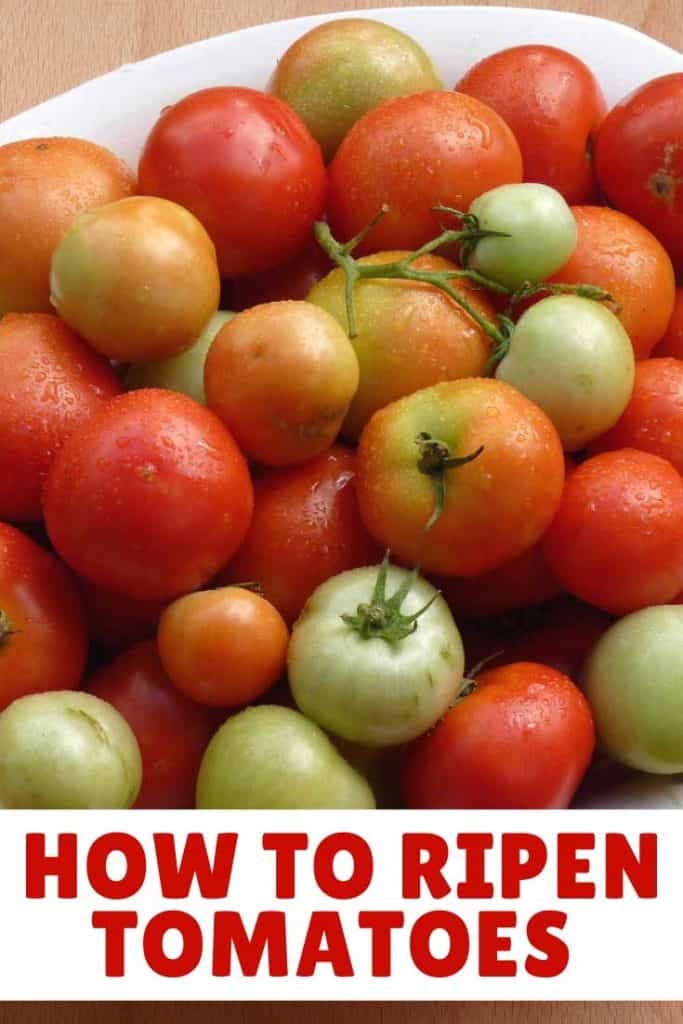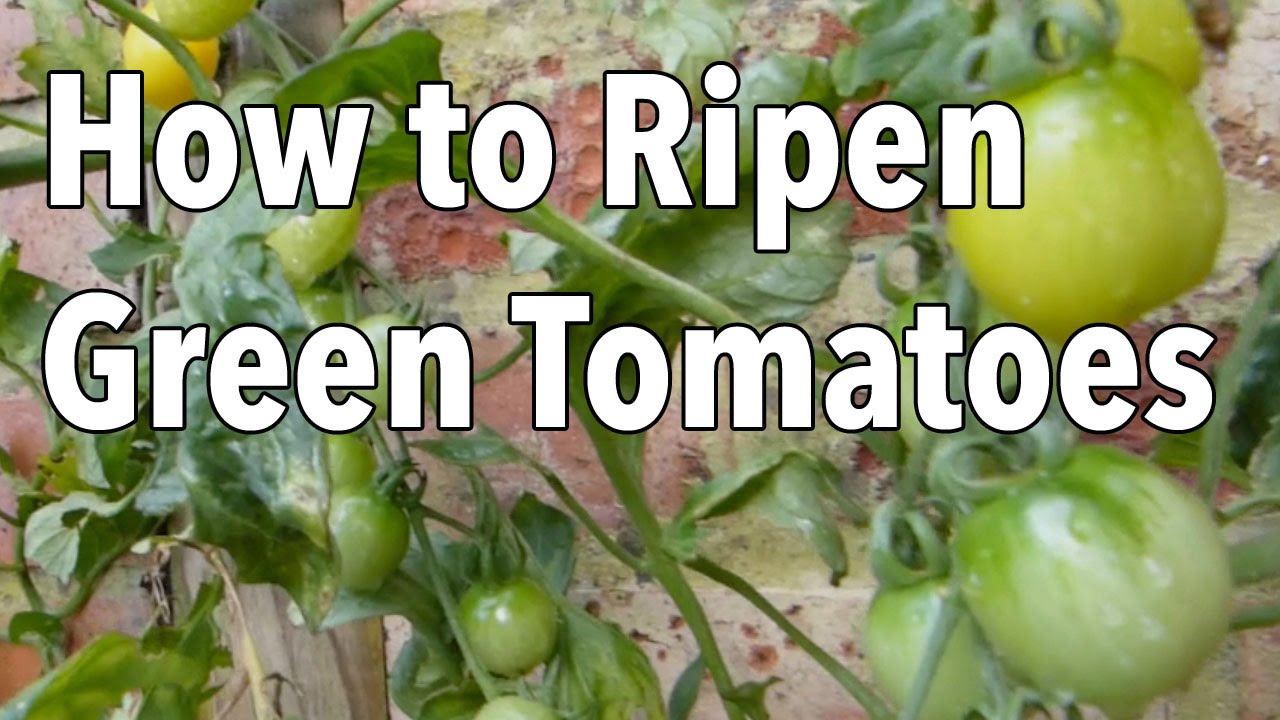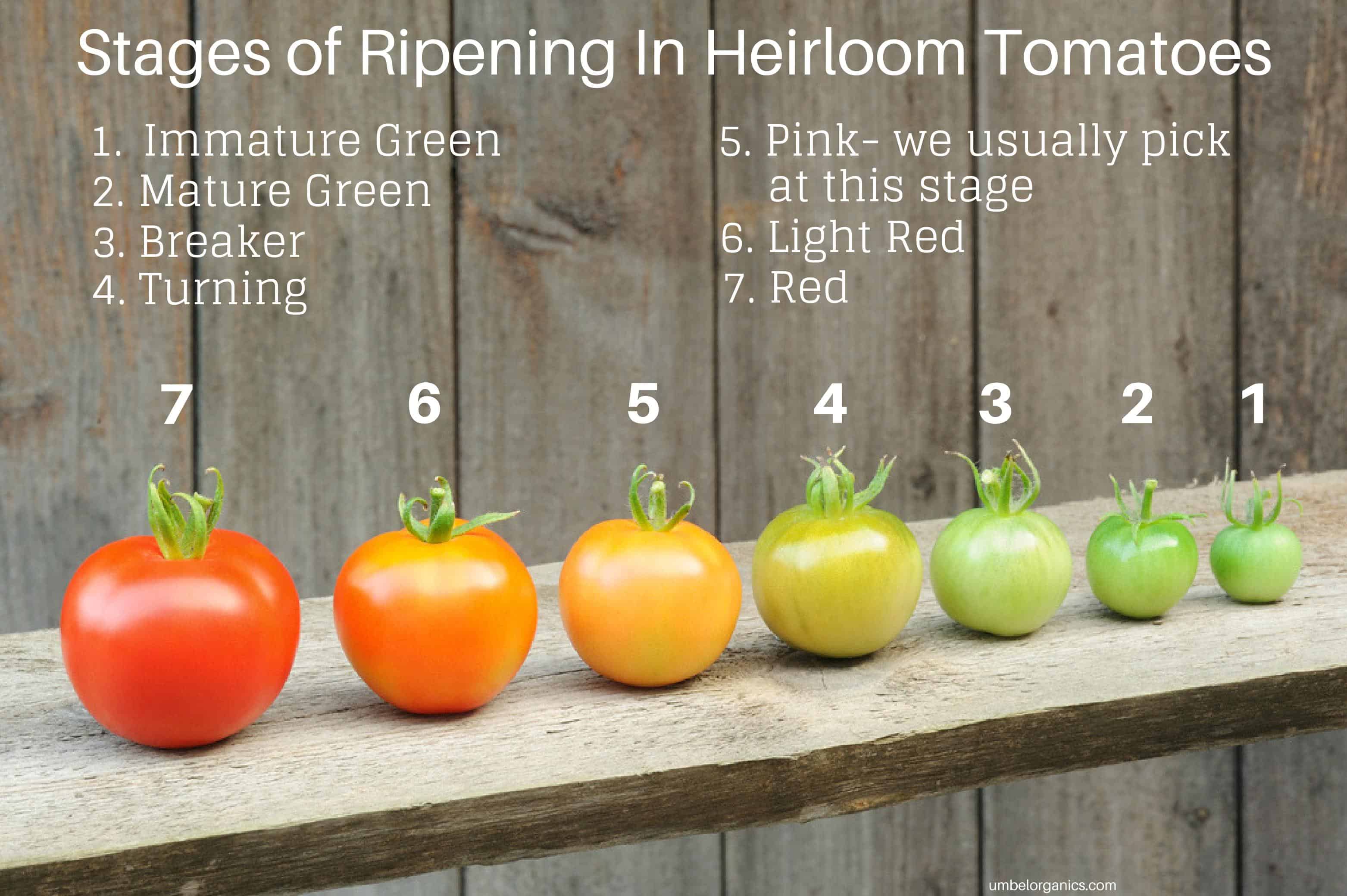The Secret to Sweet and Juicy Tomatoes
When it comes to tomatoes, there’s a world of difference between those that are ripened on the vine and those that are picked green and ripened artificially. Vine-ripened tomatoes boast a sweeter, more complex flavor profile and a tender, juicy texture that’s unmatched by their store-bought counterparts. So, how do you ripen tomatoes on the vine? It all starts with understanding the importance of allowing tomatoes to ripen naturally. By doing so, you’ll be rewarded with a flavor experience that’s truly exceptional. Whether you’re a seasoned gardener or a culinary enthusiast, mastering the art of vine-ripened tomatoes is a skill worth acquiring.
Optimal Conditions for Tomato Ripening
To successfully ripen tomatoes on the vine, it’s essential to create a conducive environment that fosters optimal ripening conditions. Temperature plays a crucial role in tomato ripening, with ideal temperatures ranging from 65°F to 70°F (18°C to 21°C). Humidity also plays a significant role, with a relative humidity of 60% to 70% promoting healthy ripening. Sunlight exposure is another critical factor, with tomatoes requiring at least six hours of direct sunlight per day to ripen evenly. By providing tomatoes with the right combination of temperature, humidity, and sunlight, gardeners can encourage even ripening and prevent common issues like green shoulders or blotchy skin. Additionally, ensuring good air circulation around the plants can help prevent disease and promote healthy growth. By understanding and controlling these environmental factors, gardeners can create an ideal environment for tomatoes to ripen naturally on the vine, resulting in a sweeter, more flavorful harvest.
How to Identify Ready-to-Ripen Tomatoes
Identifying tomatoes that are ready to ripen is a crucial step in the process of growing vine-ripened tomatoes. By recognizing the visual cues and gentle checking for ripeness, gardeners can ensure that their tomatoes are picked at the optimal time, resulting in a sweeter and more flavorful harvest. One of the most obvious signs of ripening is a change in color, with tomatoes typically turning from green to red, yellow, or orange, depending on the variety. Additionally, ripe tomatoes will be slightly soft to the touch, but still firm enough to hold their shape. The stem color is also an indicator of ripeness, with a dry, brown stem signaling that the tomato is ready to be picked. To gently check for ripeness, gardeners can carefully lift the tomato and inspect the underside, which will typically be more ripe than the top. By regularly inspecting their tomato plants and identifying ready-to-ripen tomatoes, gardeners can successfully ripen their tomatoes on the vine, resulting in a superior taste and texture. Remember, how do you ripen tomatoes on the vine? It all starts with identifying the right time to pick them.
The Role of Ethylene in Tomato Ripening
Ethylene gas plays a crucial role in the ripening process of tomatoes. As tomatoes mature, they naturally produce ethylene gas, which triggers a series of biochemical reactions that lead to ripening. This process can be accelerated by placing tomatoes near other fruits that produce high amounts of ethylene, such as apples or bananas. By harnessing the power of ethylene, gardeners can encourage even ripening and improve the overall quality of their tomatoes. For example, placing a ripe apple or banana near a batch of green tomatoes can help stimulate the ripening process. This technique is especially useful for tomatoes that are not yet ripe, but are close to being ready to harvest. By understanding the role of ethylene in tomato ripening, gardeners can take advantage of this natural process to ripen their tomatoes more efficiently. Remember, how do you ripen tomatoes on the vine? It’s all about creating the right conditions, including harnessing the power of ethylene.
Techniques for Encouraging Even Ripening
To ensure that tomatoes ripen evenly and consistently, gardeners can employ several techniques to promote healthy plant growth and optimal ripening conditions. Pruning is an essential step in encouraging even ripening, as it allows for better air circulation and sunlight penetration. By removing lower leaves and weak growth, gardeners can direct the plant’s energy towards producing larger, healthier fruit. Training the tomato plant is also crucial, as it helps to maintain a balanced structure and promotes even ripening. Supporting the plant with stakes, trellises, or cages can also help to prevent damage from wind and rain. Additionally, maintaining good air circulation and managing pests and diseases are critical in preventing stress to the plant, which can hinder ripening. By implementing these techniques, gardeners can create an ideal environment for their tomatoes to ripen evenly and naturally on the vine. Remember, how do you ripen tomatoes on the vine? It’s all about providing the right conditions and care for optimal ripening.
Common Mistakes to Avoid When Ripening Tomatoes
When it comes to ripening tomatoes on the vine, there are several common mistakes that gardeners can make, which can hinder the ripening process and affect the quality of the fruit. One of the most common mistakes is over-watering, which can lead to fungal diseases and root rot. Under-watering, on the other hand, can cause stress to the plant, leading to uneven ripening. Excessive handling of the tomatoes can also damage the fruit and cause bruising, which can lead to spoilage. To avoid these mistakes, gardeners should ensure that the soil is consistently moist, but not waterlogged, and handle the tomatoes gently when checking for ripeness. Additionally, gardeners should avoid removing too many leaves from the plant, as this can reduce the plant’s ability to produce sugars and affect the ripening process. By being aware of these common mistakes, gardeners can take steps to avoid them and ensure that their tomatoes ripen naturally and evenly on the vine. Remember, how do you ripen tomatoes on the vine? It’s all about providing the right conditions and care to avoid common mistakes that can hinder ripening.
Harvesting and Storing Vine-Ripened Tomatoes
Once tomatoes have ripened on the vine, it’s essential to harvest them at the right time to ensure optimal flavor and texture. Tomatoes should be picked when they are fully ripe, as they will not continue to ripen off the vine. To harvest, gently twist the tomato from the stem, taking care not to bruise or damage the fruit. Handle the tomatoes carefully, as they are fragile and can be easily damaged. Store the harvested tomatoes at room temperature, away from direct sunlight, to preserve their flavor and texture. It’s best to use vine-ripened tomatoes within a few days of harvesting, as they are highly perishable. By following these best practices for harvesting and storing vine-ripened tomatoes, gardeners can enjoy the full flavor and nutritional benefits of their homegrown tomatoes. Remember, how do you ripen tomatoes on the vine? It’s all about providing the right conditions and care, from ripening to harvesting and storing.
Tips for Extending the Tomato Harvest Season
While vine-ripened tomatoes are at their best when consumed fresh, there are several ways to extend the tomato harvest season and enjoy the fruits of your labor for months to come. One of the most effective ways to preserve tomatoes is through canning, which involves heating the tomatoes to kill off bacteria and then sealing them in airtight jars. Freezing is another popular method, which involves blanching the tomatoes to inactivate enzymes and then storing them in airtight containers. Dehydrating tomatoes is also a great way to preserve them, which involves removing the water content to prevent spoilage. In addition to preserving tomatoes, gardeners can also extend the harvest season by using techniques such as succession planting, where new tomato plants are planted every few weeks to ensure a continuous supply of fresh tomatoes. Cold frames or hoop houses can also be used to extend the harvest season, by providing a protected environment for the tomato plants to continue producing fruit into the fall. By using these techniques, gardeners can enjoy a longer tomato harvest season and make the most of their vine-ripened tomatoes. Remember, how do you ripen tomatoes on the vine? It’s all about providing the right conditions and care, from planting to harvesting and preserving.









